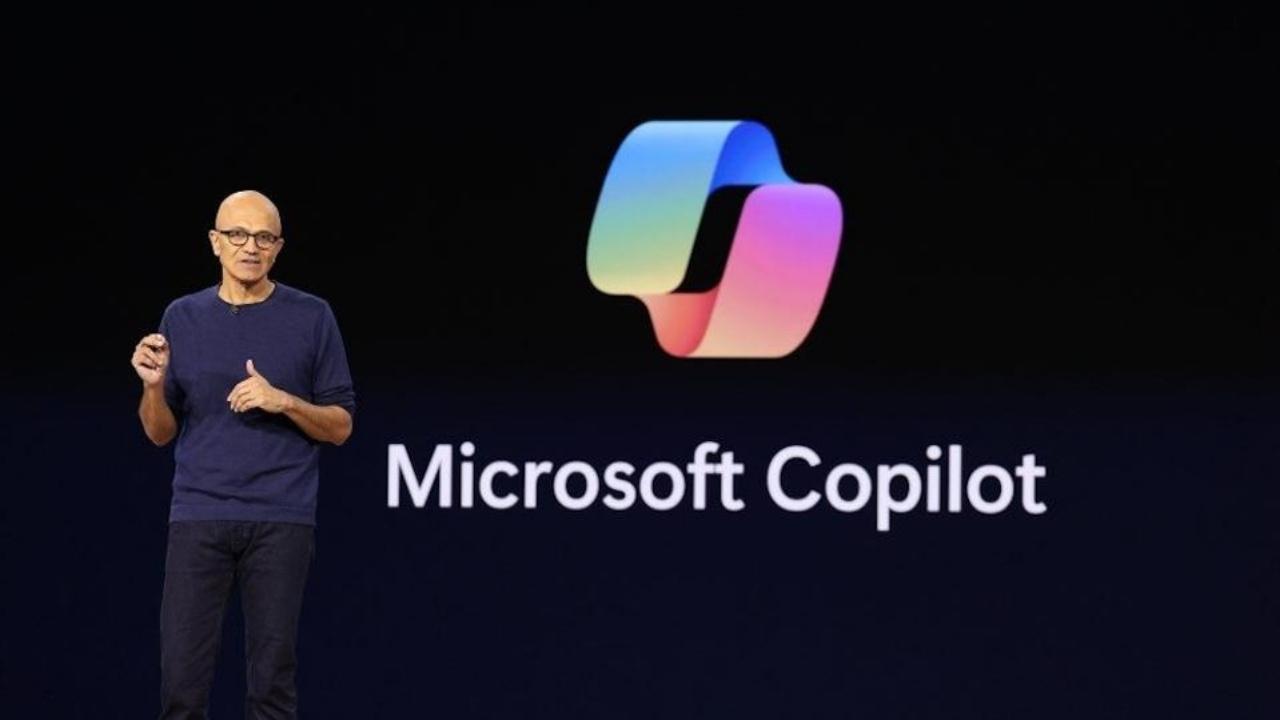
Post by : Anish
The world of innovation is no longer confined to large laboratories or billion-dollar corporations. Thanks to maker culture and rapid advances in technology, groundbreaking tools can now be built at a fraction of their traditional size, cost, and weight. Among the most exciting of these developments are aluminum-thin printed microscopes—devices so light and compact that they can fit into a pocket while still delivering powerful imaging capabilities.
These inventions are part of a broader wave of maker-tech marvels, where 3D printing, open-source design, and low-cost manufacturing come together to push the boundaries of possibility. What was once considered impossible—like carrying a microscope on a keychain or building a lab with parts printed at home—is now within reach for students, researchers, and hobbyists worldwide.
Microscopes have been central to science since the 17th century, but they have traditionally been bulky, fragile, and expensive. The idea of a printed microscope changes that equation entirely. Developed with thin, durable materials such as aluminum and enhanced by precision printing techniques, these microscopes are designed to be both portable and affordable.
In educational settings, they are a game-changer. Students in underfunded schools or rural areas, who may never have touched a conventional microscope, can now explore the microscopic world firsthand. Beyond classrooms, printed microscopes are also being used in field research, quick medical diagnostics, and even hobbyist science projects.
At first glance, the concept of something aluminum-thin may sound fragile, but thinness here is a strength. Lightweight materials allow portability, while layered printing techniques add durability. These microscopes, despite being slim, are engineered with carefully structured lenses and printed components that offer clear magnification and stability.
In fact, some models are designed to clip onto smartphones, combining the accessibility of consumer devices with scientific exploration. This merging of thinness, portability, and power represents the new direction of maker-driven tech.
The printed microscope is only one of many marvels born out of the global “maker movement.” Makers are individuals and communities who embrace do-it-yourself (DIY) innovation, using 3D printing, coding, and open-source collaboration to solve problems in creative ways.
The maker culture emphasizes accessibility. Instead of waiting for expensive commercial solutions, makers build their own—sometimes with cardboard, recycled aluminum sheets, or readily available plastics. The focus is not only on invention but also on sharing designs openly so others can replicate and improve them.
Printed microscopes are just the beginning. Around the world, maker communities are producing fascinating tools and gadgets that bridge creativity with functionality. Some examples include:
3D-Printed Prosthetics: Lightweight, customizable, and affordable prosthetic limbs built with simple 3D printers, changing lives in low-income regions.
DIY Drones: Maker-built drones used for mapping, agriculture, or photography, assembled with printed parts and open-source flight software.
Portable Labs: Compact kits including printed microscopes, test tubes, and diagnostic tools, enabling science education in remote areas.
Foldable Furniture: Printed and laser-cut pieces that can be packed flat, offering sustainable alternatives for urban living.
Solar-Powered Gadgets: Maker-designed chargers, lamps, and cookers that bring renewable energy to underserved communities.
Each of these innovations reflects the same principle: technology that is simple, low-cost, yet surprisingly powerful.
For many educators, printed microscopes are a dream come true. Traditional microscopes are expensive, often costing hundreds of dollars per unit, which limits access. A printed version, costing less than a meal at a café, suddenly opens up opportunities for every student to engage with science.
Imagine a classroom where every child has their own microscope, exploring plant cells, pond water, or even strands of hair. This kind of hands-on learning nurtures curiosity and empowers the next generation of scientists, especially in countries where resources are scarce.
Printed microscopes also have serious potential in healthcare. In regions where access to advanced laboratories is limited, lightweight microscopes allow medical workers to diagnose illnesses quickly in the field. For instance, detecting malaria parasites or analyzing blood samples can become much more accessible with a portable, low-cost microscope.
Field researchers benefit too. Whether studying soil samples in a desert or examining insects deep in a rainforest, the ability to carry a reliable, paper-thin microscope saves both time and resources.
Another remarkable aspect of maker-tech is sustainability. Printed microscopes and other tools often use recycled or biodegradable materials, reducing environmental impact. Additionally, because designs are open-source, they can be replicated locally, cutting down on shipping and production waste.
This accessibility is critical. In many parts of the world, innovation has been limited to those with resources. Maker-tech challenges that norm, proving that creativity and science belong to everyone.
As promising as these innovations are, they face challenges. Printed microscopes still cannot match the precision of high-end laboratory equipment. Durability is another concern, especially when exposed to harsh conditions. And while open-source designs encourage creativity, they also raise questions about quality control and safety.
Nonetheless, these hurdles are not barriers but stepping stones. With continued research, collaboration, and investment, these issues can be refined—just as early smartphones eventually evolved into the powerful devices we now carry in our pockets.
The aluminum-thin microscope is not just a device; it represents a larger trend—democratization of science and technology. By making tools affordable and portable, the barriers to exploration are falling. Students in rural schools, community labs in developing countries, and curious individuals at home all become part of the innovation ecosystem.
This democratization aligns with the maker ethos: innovation for the people, by the people. It’s no longer about who has the most advanced lab, but who has the most creative approach.
The aluminum-thin printed microscope and other maker-tech marvels highlight a profound shift in how we think about technology. Small, simple tools can carry immense power—not just in terms of science, but also in shaping access, equality, and creativity.
As maker culture continues to thrive, we can expect even more groundbreaking inventions: portable labs for schools, medical kits for remote villages, or eco-friendly gadgets for sustainable living. These innovations remind us that the future of technology is not only about being smarter and faster—it’s about being accessible, inclusive, and inspiring.
This article is intended for informational and editorial purposes only. It highlights current trends in maker-tech and printed microscopes but does not endorse or promote any specific product, company, or service. Readers should seek professional guidance before using any technology for medical, scientific, or commercial applications.

MatterGen: Microsoft’s AI Breakthrough in Materials Design
Microsoft has unveiled MatterGen, an advanced AI model that can design novel materials at unpreceden

Microplastics Threaten Plant Photosynthesis, New Study Warns
Recent research reveals that microplastics are not just polluting oceans and animals but also disrup

CRISPR Breakthrough Offers Hope for Type 1 Diabetes Cure
Scientists have successfully implanted CRISPR-edited pancreas cells in a patient with type 1 diabete

Regenerative Farming Is More Than a Buzzword—Here’s Why
Once dismissed as a trendy phrase, regenerative farming has become a powerful global movement. From

AJ Lee Returns to WWE SmackDown After 10-Year Hiatus
AJ Lee’s shocking WWE return in Chicago lights up SmackDown. A night filled with big moments, John C

Rashmika Mandanna’s New Ring Sparks Dating Rumors with Vijay
Rashmika Mandanna’s latest airport look and new ring sparks fresh dating rumors with Vijay Deverakon

Earn Without a Degree? Microcredentials Are Changing the Game
In 2025, microcredentials are reshaping education and employment. As traditional degrees lose their

Voices of UAE: Bouchra Izaabel-Transforming Fertility Care, One Heart and One Story at a Time
Transforming Fertility Care, One Heart and One Story at a Time

Pakistan Defeat UAE by 31 Runs in T20I Tri-Series Clash
Pakistan beat UAE by 31 runs in Sharjah T20I Tri-Series. Saim Ayub hit 69, Hasan Nawaz 56, while Has

Vice President’s Jiu-Jitsu Cup Ends with UAE Clubs Triumph
Sharjah Al Ain Al Jazira and Baniyas clubs shine as champions in the Vice President’s Jiu-Jitsu Cup

Liverpool beat Arsenal City fall to Brighton in EPL drama
Liverpool edge Arsenal with Szoboszlai’s stunning free-kick, while Manchester City suffer second str

Tawfiq wins UAE President’s Cup Arabian Horse Race in Russia
Tawfiq claimed victory at the UAE President’s Cup in Kazan, Russia, thrilling 20,000 fans with a dra

GCC Chief Urges Stronger Push on Global Free Trade Talks
GCC Secretary-General Jasem Albudaiwi pressed negotiators to intensify efforts on free trade pacts b

UAE and India Strengthen Trade Ties with Mumbai Business Talks
UAE Minister of Foreign Trade Dr. Thani Al Zeyoudi met Indian leaders in Mumbai to expand CEPA benef

UAE announces September fuel prices for petrol and diesel
The UAE Fuel Price Committee set September 2024 rates: Super 98 at AED 2.90, Special 95 and Diesel a